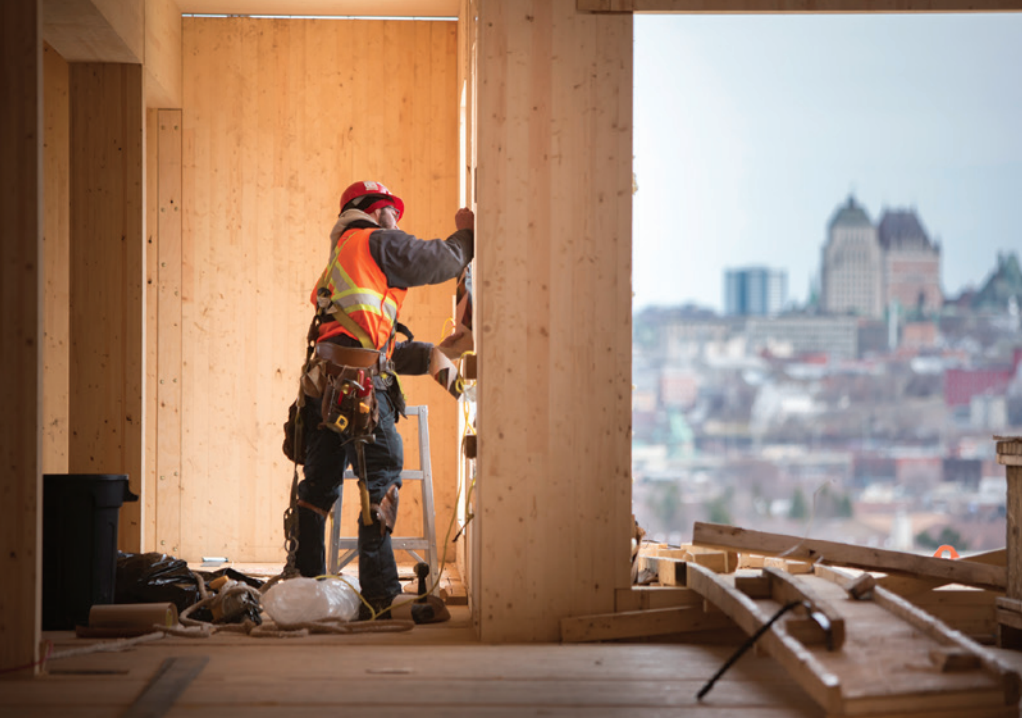
Over the past several years, a number of tall wood buildings have been completed around the world, demonstrating successful applications of new wood and mass timber technologies. With rising demand for new urban buildings, and increased interest in efficient and environmentally friendly construction, the potential for tall wood buildings is expected to grow.
Building taller with wood is not only gaining traction as a viable building method, it is also playing an important role in sustainable architecture design. Using wood for taller buildings has been shown to be cost effective, contribute to well-being, and reduce carbon emissions. While code is still evolving, the pool of testing data on mass timber—particularly in regard to fire resistance—is also continuing to grow. Ongoing public, jurisdictional, and industry education is needed to change the perception of mass timber construction and to demonstrate the safe, effective role it can play as a primary structural material in taller buildings. As these sectors become more knowledgeable, the momentum started by innovative buildings such as Brock Commons in Vancouver and T3 in Minneapolis can continue to grow, providing benefits to the industry, public, and the environment.
By the end of this course, you should be able to do the following:
- Recognize that taller wood buildings (7–18 stories) can be safely, efficiently, and economically built using mass timber construction techniques.
- Discuss the different types of design approaches to mass timber construction for taller wood buildings.
- Explain the similarities and differences between mass timber and lumber products that allow building professionals to design and construct taller wood buildings.
- Distinguish the differences between design approaches to achieving the acceptable structural passive fire protection measures in a mass timber building.
